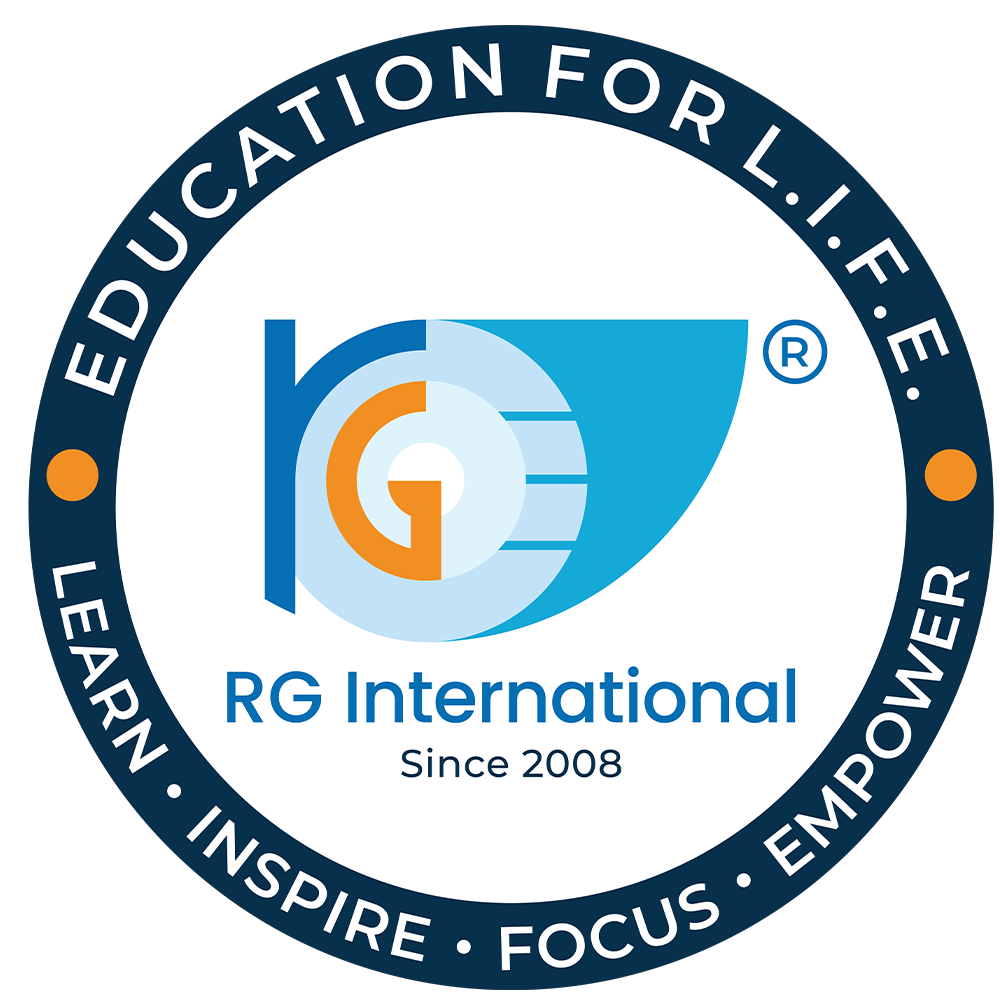Navigating the United States’ educational and professional landscape can be a complex journey for international students, especially when it comes to understanding employment opportunities through Curricular Practical Training (CPT) and Optional Practical Training (OPT). These programs are crucial stepping stones in translating academic learning into real-world experience. Here, we delve into the nuances of CPT and OPT, offering a comprehensive guide to help students make informed decisions.
Curricular Practical Training (CPT)
What is CPT? Curricular Practical Training is a type of work authorization for F-1 visa international students, designed to provide hands-on experience directly related to their major. The primary objective of CPT is to supplement the theoretical knowledge gained in classrooms with practical application.
Eligibility and Conditions To be eligible for CPT, students must have completed one academic year in their degree program, except where immediate participation is required. The training must be part of the curriculum, like internships, cooperative education, or practicum, and usually carries academic credits. CPT can be full-time (more than 20 hours per week) or part-time (20 hours or less per week).
Application Process The process involves obtaining a job offer related to your field of study and then seeking approval from your university’s international student office. The designated school official (DSO) will provide an updated I-20 form reflecting the CPT authorization.
Impact on Future Employment An important aspect to note is that students who utilize 12 months or more of full-time CPT are ineligible for OPT. Hence, it’s crucial to plan your CPT duration carefully, especially if you intend to apply for OPT later.
Optional Practical Training (OPT)
What is OPT? Optional Practical Training allows F-1 students to work in their field of study either before (pre-completion) or after (post-completion) earning their degree. OPT is designed to give students real-world work experience, enhancing their academic knowledge.
Eligibility and Duration Students are eligible for up to 12 months of OPT, which can be split between pre-completion and post-completion phases. Unlike CPT, OPT does not necessarily require the employment to be a part of the student’s course. Notably, STEM (Science, Technology, Engineering, and Mathematics) graduates may apply for a 24-month extension, potentially extending their OPT to 36 months.
Application Process The application for OPT requires careful timing. Students must apply to the United States Citizenship and Immigration Services (USCIS) with the recommendation of their DSO. This process includes submitting the Form I-765 and paying the necessary fee. The timing is critical as there are specific windows during which you can apply.
Types of Employment OPT offers flexibility in the types of employment. This can include multiple part-time jobs, volunteering, or self-employment, as long as the work is related to the student’s major area of study. This flexibility allows students to explore diverse career paths and gain a broad range of experiences.
CPT vs. OPT: Understanding the Differences
While both CPT and OPT offer valuable work experience, they cater to different needs and phases of a student’s educational journey.
- Nature of Work: CPT is typically more structured, often forming an integral part of the curriculum. In contrast, OPT offers more flexibility in terms of job types and is not necessarily course-dependent.
- Duration and Timing: CPT can be utilized at any point after completing an academic year, while OPT is primarily post-graduation, with some exceptions for pre-completion use.
- Impact on Future Opportunities: Exceeding 12 months of full-time CPT eliminates eligibility for OPT, whereas OPT, especially with the STEM extension, offers a longer duration for work experience in the U.S.
Planning Your Journey
For international students, choosing between CPT and OPT involves considering your immediate and long-term career goals, academic requirements, and the timeline of your study program in the U.S. It’s crucial to consult with your university’s international student office and career advisors to plan effectively.
Conclusion
CPT and OPT are more than just work authorizations; they are gateways to gaining invaluable professional experience and integrating academic learning with practical skills. Understanding the intricacies of these programs empowers international students to make the most of their time in the U.S., setting a strong foundation for their future careers.



